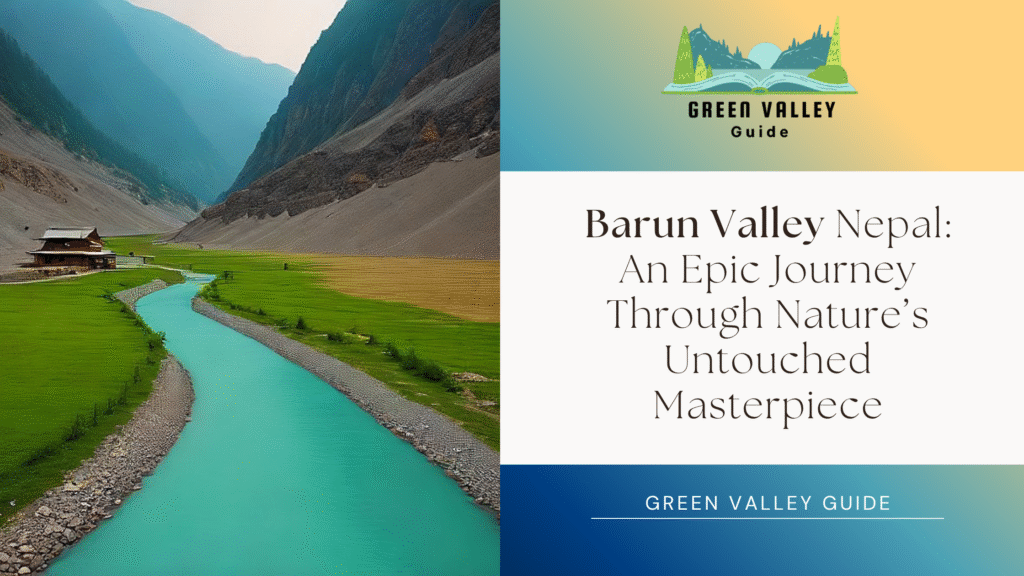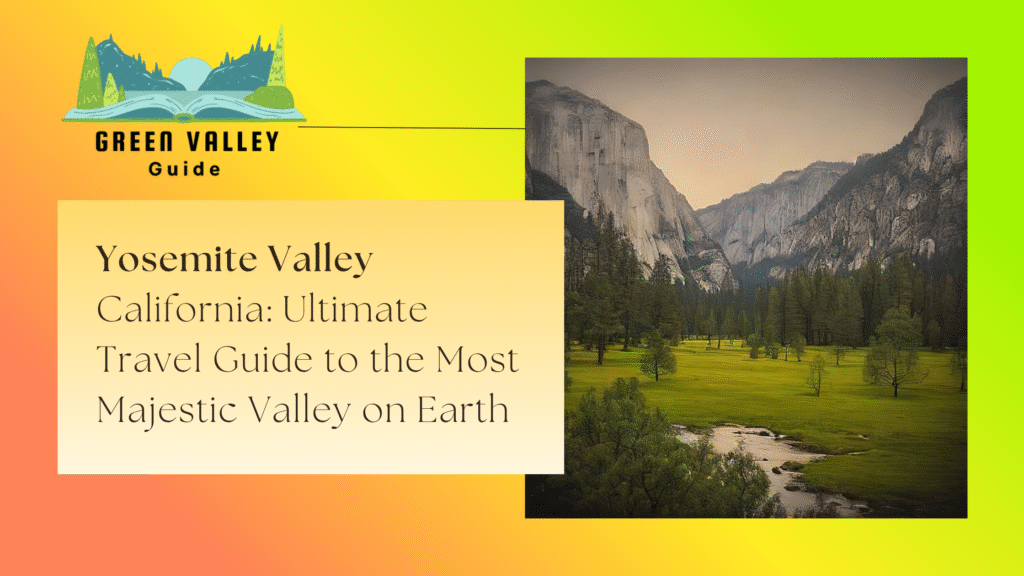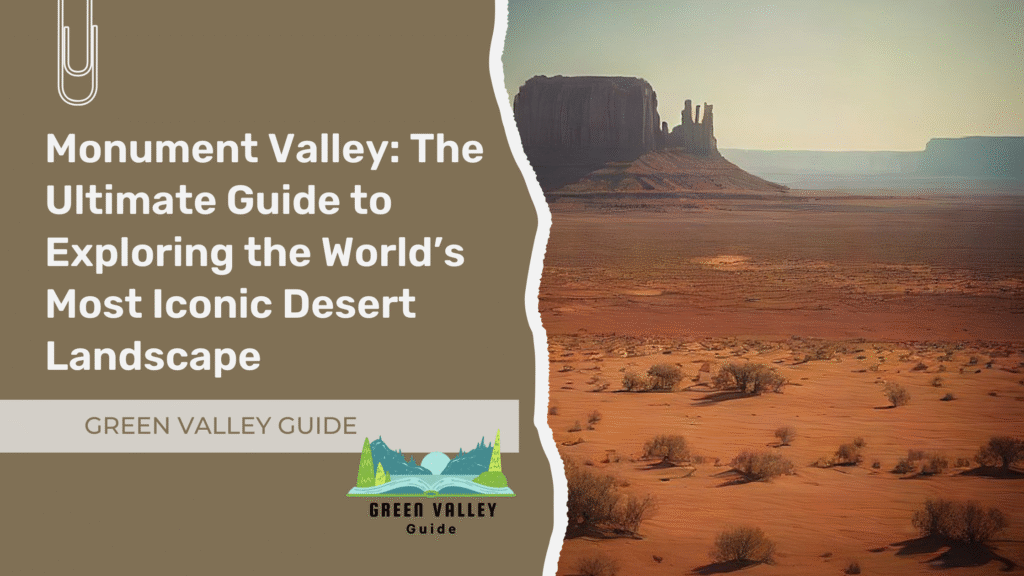Table of Contents
Introduction: Discovering Barun Valley, Nepal — Where Wilderness Whispers
And in case you are the type of traveler who sees beauty in the untouched, mystery in silence, and peace in isolation, you could find Nirvana in Barun Valley, Nepal. Not on a tourist route around Everest or Annapurna, this lesser-known natural gem of the Himalayas is actually only suitable for experienced bikers with a need to reconnect with nature on a raw, wild, and soulful level.

Barun Valley is placed somewhere deep in the bowels of Makalu-Barun National Park and is most likely one of the only areas of planet Earth that has not been tainted by the activities of man. There are crashing waterfalls over the edge of granite mountains, exotic species of wildlife roam the place freely, and there are never-ending, unspoiled forests. It is where the Himalayas have the chance to take a breath – you can walk day after day, and never see even a single road or a tourist lodge.
This guide will help you realise why Barun Valley, Nepal, is not just a swell that you tread along the rice paddie, but a journey through a living and breathing piece of art that boasts a lot of biodiversity and spiritual tranquility. This post is the preparation that you will need to visit a place that not many have the privilege of going to, and absolutely none would forget.
Where Is Barun Valley, Nepal? A Hidden Gem in the Eastern Himalayas
Barun Valley lies in the Makalu-Barun National Park and Conservation Area in one of the eastern borders of the small nation of Nepal, and it is under safeguard. It is a very large wildlife park and spans over 1500 square kilometers, situated to the east of the better-known Everest region. More amazing is the fact that it lies at the feet of the fifth-highest mountain of the planet, Mountain Makal, which stands at 8,485 meters.
The region has the high alpine glaciers of the Makalu Base Camp to the tropical forests, 10,000 feet lower down the slopes, all within the same region, making it a magnificent range of ecosystems in one place. It can only be reached on foot, and the closest airport is at Tumlingtar, and then a bumpy trip along a group of Sherpa and Rai villages.
Barun Valley is not a geographical miracle alone, but a cultural and environmental miracle. It has holy caves and very old prayer flags and pathways used by locals and pilgrims of the yak herders, who are over a century old. The area is crucial to the preservation activities in Nepal because it hosts some exotic species of plants and animals that can only be found in the area.
Why Barun Valley, Nepal, Is Unlike Anywhere Else on Earth
The best thing about Barun Valley Nepal, is that it is out of change and diversified ecologically. The valley has a certain level of biodiversity that is extreme enough to warrant the scientists referring to it as a biological ark. The big pine forest, alpine meadows, and glacial rivers provide food to over 3,000 varieties of flowers, as well as to the endangered variety of animals, including a red panda, Himalayan black bear, musk deer, and even a snow leopard.
However, Barun Valley is not only about wildlife. It also bears high religious importance to the Sherpa, Rai, and Buddhist communities living in the surrounding area. The valley was said to be a sacred retreat, a “beyul”, hidden by Guru Rinpoche to shelter spiritual adepts during a moment of crisis. The old monasteries, mani walls, and chortens are lying along the way, giving you a mysterious impression with every one of your steps.
Here you will find no crowds, no lodges, and no steady buzz of business. No roads issue into the valley – just foot-paths worn in by years and customs. This remoteness implies that each and every instance in Barun Valley gives an impression of another world, a pure and even quieter one, the one where nature reigns superior.
How to Reach Barun Valley, Nepal: Your Path to the Untouched Wild
Getting to Barun Vall, ey Nepal, is not an easy task, and this is what makes it a very fulfilling adventure. As there is no road to the valley, your adventure starts with a flight and continues with the days of your trekking along the rugged and magnificent landscape.
The most popular way is to fly from Kathmandu, 60A Saint Teresa of Lisieux International Nepal Airport, to Tumlingtar Airport, located in eastern Nepal, which is the only small and essential one. A jeep ride to Khadbari, where the trek starts, will be reached once you arrive in Tumlingtar.
Then the track winds into a string of small and culturally overloaded villages:
Khadbari, Num, Sedua, Tashigaon, Barun Valley, Makalu Base Camp
Every village is characterized by a change in altitude and flora, which progressively prepares the trekkers for high-altitude challenges. There is a lot of climbing as well as crossing a river, but the views are always spectacular.
Permits You’ll Need:
- Makalu-Barun National Park Entry Permit
- TIMS Card (Trekkers’ Information Management System)
It is better to have a registered trekking party or a licensed guide, as this region is less developed and remote, unlike other reputable ones. It requires adequate preparation, logistically, and in terms of physical condition, though the payoff is getting access to a very special world you otherwise can never visit.
Check Out: Lauterbrunnen Valley: Switzerland’s Hidden Gem Every Nature Lover Must Explore.
Highlights of the Trek: What You’ll See on the Trail to Barun Valley

The Barun Valley Nepal trail is awash with sights of natural and cultural beauty that will make one feel like the experience is part of a big adventure.
Iconic Landmarks
- Shipton La Pass (4,216m): A thrilling high pass named after the explorer, Eric Shipton. The panoramas are even mouth-watering.
- Makalu Base Camp (4,870m): This, the end destination of virtually all trekkers, is an isolated outpost with bizarre and up-close spectacular views of the huge Makalu mountain.
Breathtaking Mountain Views
- Perpetual sight of Mount Makalu, Chamlang, Baruntse, and on clear days – Mount Everest.
- Mists in the morning and yellow sunsets, which illuminate the whole of the valley in otherworldly shades.
Culture and Nature Along the WayThe conventional villages of Sherpa, Rai, nd Limbu aspect.
- Old monasteries, prayer flags, and mani walls carved on stones.
- Waterfall, glacier rivers, orchids growing wild, and, should you be lucky, a sighting of red pandas, blue sheep, or even Himalayan monals (Nepal’s national bird).
It is the dream of the photographer, the wish of the naturalist, and the sacred road of a pilgrimage all at one and the same trek.
Best Time to Visit Barun Valley, Nepal: Weather, Seasons, and Tips
Going to the Barun valley, Nepal, during the wrong season might be a disaster for your trip.
Spring (March–May)
- Clear skies, blooming rhododendrons, moderate temperatures.
- Excellent visibility of mountain ranges and vibrant wildlife activity.
Autumn (September–November)
- The most stable weather: dry days, cool nights.
- The ideal option in your long distance hikes up high mountains, where the view is clear up in the mountains.
Avoid:
- Monsoon (June–August): Landslides and leeches make trails dangerous.
- Winter (December–February): Heavy snow closes high passes and makes travel difficult.
Essential Packing Tips:
- Four-season sleeping bag
- Multiple layers of clothing (thermal, windproof, etc.)
- Trekking boots that are waterproof
- Headlamp, power bank, purification pills
- snacks with lots of calories, and a reusable water bottle
- First aid kit and altitude sickness pills
Be prepared – this is a remote trek, and comfort will be exchanged for purity and being alone.
Where to Stay and What to Eat on the Journey

Barun Valley, Nepal, is unlike the Everest or Annapurna routes in the sense that there are few facilities there- the experience is, therefore, more rough, but definitely more real.
Accommodation Options:
- There are teahouses to Tashigaon, and a few beyond it.
- The upper reaches require camping, and particularly above Shipton La.
- Himalayan homestays are available in Rai or Sherpa villages; some trekkers will stay in one of these or other villages.
What You’ll Eat:
- Native cereals such as dal bhat (rice and lentils), potato curry, tsampa (porridge of barley flour), and noodle soups.
- More primitivism in high altitudes is to be anticipated, and locally grown food is common in preparation.
Sustainable Travel Tips:
- Bring metal containers and water purification units to decrease plastic trash.
- Eat local and use village teashops.
- Do a Leave No Trace and observe religious landmarks along the trail.
It is not a vacation of luxury but an experience. Bestowment of every meal and every night in the sky makes you more familiar with the unscathed soul of the valley.
Conclusion: Why Barun Valley, Nepal, Should Be on Your Bucket List
The unfading radiance is not the only reason why we love Barun Valley, Nepal, and make it a destination instead of a visit. It removes the clatter, the rush, the confusion, and substitutes it with quiet, calmness, and amazement. And each step in its mossy woods, under its hanging glaciers, or along the ridges wreathed with prayer flags, leads thee nearer to thy dearest nature in her most worshipful aspects.
During a time when the world is saturated with too much tourism and too much digital noise, Barun Valley is almost a lost frontier, a place that has not been discovered by mass tourism and therefore is untouched, unspoiled, and unforgettable. It is an appeal to the soul, an expedition into the soul of the Himalayas, and a reminder to know that there is no need for filters or celebration in real beauty.
Barun Valley, Nepal, should make your list of must-dos if you like a raw, real, and very personal experience, which means you must work hard to benefit from one breath at a time.
For more info: Click Here.
Therefore, put on your boots, turn off your phone, and go where the wilderness is still speaking.
FAQs About Visiting Barun Valle, Nepal
Do I require a guide to hike to Barun Valley, Nepal?
Although technically, it is possible to hike rodeo, one should consider a licensed guide because the region is wild and almost devoid of any infrastructure, and the trails and terrain are very challenging in most areas. The guides are also useful in providing permits, directions, and cultural communication, and make the process safer and more enriching.
How long is the trek in the Barun Valley?
The overall hike between Tumlingtar to Makalu Base Camp and back has been defined by a distance of 18- 22 days, which depends upon your pace and needs of acclimatization. The overall time can be determined by weather, trail conditions, and rest days; therefore, it is wise to include a variable number of reserve days.
In what way is Barun Valley a unique trekking region of Nepal?
Contrary to the more commercialized areas of the Everest or Annapurna, Barun Valley in Nepal is extremely remote, lacks a road system, and is imbued with biodiversity in its purest form. It offers a purer type of wilderness with a smaller number of trekkers, spirituality, and the rough beauty of the Himalaya.




